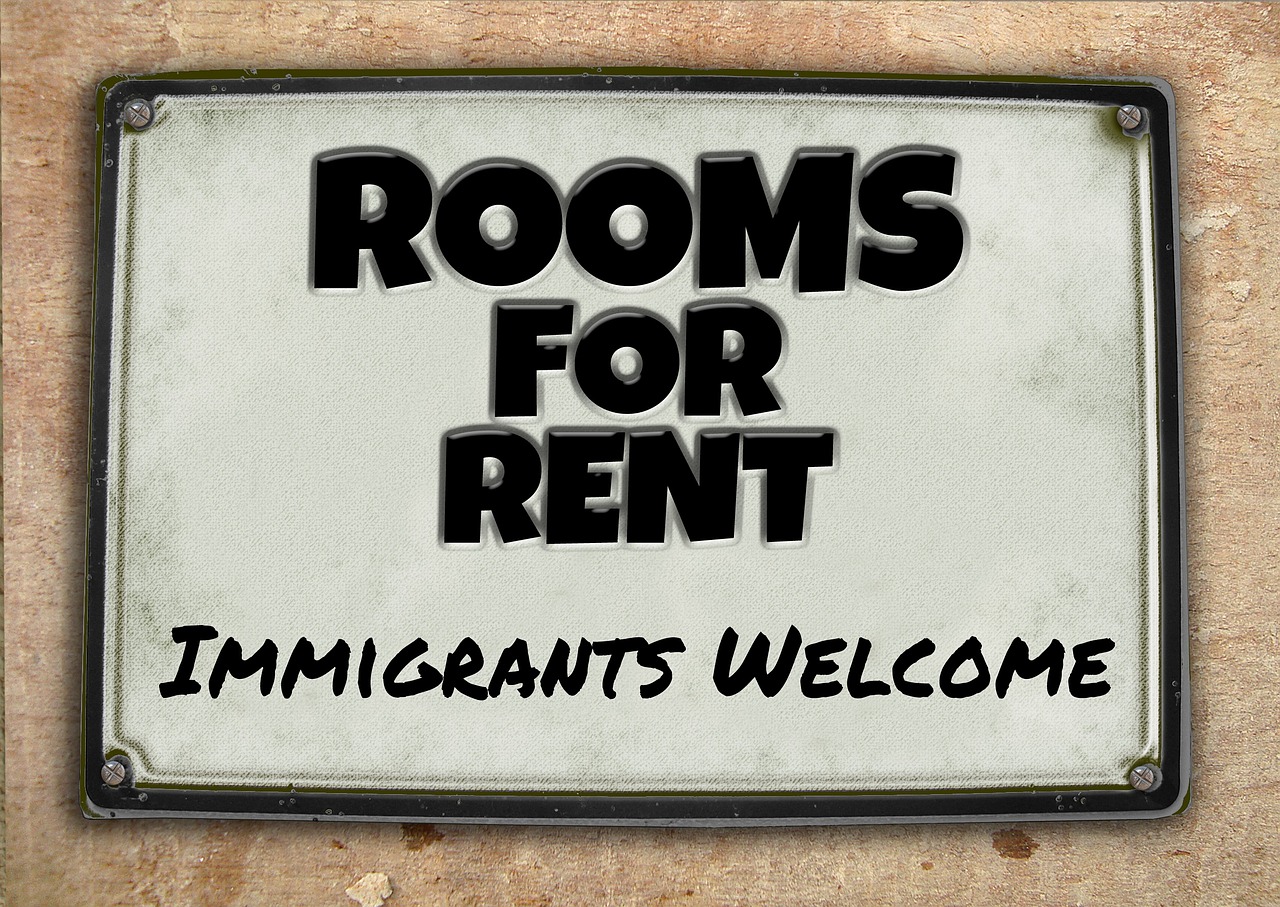Good houses take a lot of time to find. And once you get one, you may feel reluctant as a tenant to let go of the house. That’s why you may consider subletting your home to a colleague, friend, or family member while you travel.
However, tenants should ask their landlords whether they are comfortable with subletting. Some landlords can support the subletting if they get their rent on time. Other landlords are so strict with their property and may not consider subletting.
This guide explains subletting and what tenants and landlords should do to keep their lease agreement.
Keep reading.
What is Subletting?
Subletting is when a tenant rents out their rental property, or a portion of it, to another individual. Subletting is different from the original tenant subletting the property, as the original tenant is still responsible for the property and any damages that may occur.
Subletting can be a valuable option for tenants who need to move out of their rental property temporarily but want to keep their lease agreement and avoid breaking the contract with their landlord. However, it’s important for tenants to check their lease agreement before subletting their property, as some landlords may not allow it.
The Process of Subletting
The process of subletting a rental property typically involves several steps. First, the tenant must check their lease agreement to see if their landlord allows subletting. If the landlord is comfortable, the tenant can find a suitable subtenant to take over the property.
The process may involve advertising the property, screening potential subtenants, and negotiating the terms of the sublease agreement. Once they find a subtenant, the tenant should inform their landlord of their intention to sublet the property. The landlord can approve the subtenant and the terms of the sublease agreement before the subletting can occur.
Once the landlord has approved the subletting arrangement, the tenant and subtenant can enter into a sublease agreement. This agreement should outline the terms of the subletting arrangement, including the length of the sublease, the amount of rent the subtenant will pay, and any other relevant details.
Once the sublease agreement has been signed, the subtenant can move into the rental property and make rental payments to the tenant. The tenant will continue to be responsible for the property and will ensure that the subtenant follows the terms of the lease agreement and any applicable laws. The tenant will continue making rental payments to their landlord unless the landlord has agreed to accept rental payments directly from the subtenant.
The Benefits of Subletting
There are several potential benefits to subletting a rental property.
For tenants
The ability to temporarily move out of the rental property without breaking their lease agreement or incurring penalties from the landlord.
Subletting can be helpful for tenants who need to relocate for work or personal reasons but don’t want to lose their current rental property.
The opportunity to generate additional income.
By renting out their rental property, even for a short period, tenants can offset some of the costs of their rental payments. This idea is helpful for tenants who are struggling to afford their current rental property or who are looking for ways to save money.
For Landlords
Subletting can help to prevent vacancies in rental property.
If tenants know they cannot occupy the property for a certain period, they may be more likely to sublet the property rather than break their lease agreement and leave it vacant. So, subletting can help to ensure that the property remains occupied and generates income for the landlord.
The Risks of Subletting
While there are potential benefits to subletting a rental property, some risks are also involved.
For tenants, the main risk is that they remain responsible for the property and any damages that may occur while subletting. If the subtenant fails to pay rent or causes damage to the property, the tenant may be held responsible by the landlord and may face penalties or eviction.
Another potential risk of subletting is the tenant’s difficulty finding a suitable subtenant. If the tenant cannot find a subtenant, they may be stuck paying the entire rental payment for the property themselves, which can be financially burdensome.
Subletting can also be risky for landlords, as they may be unsure of the subtenant’s ability to pay rent or take care of the property. If the subtenant fails to pay rent or causes damage to the property, the landlord may have difficulty recouping their losses from the tenant.
While subletting can be a useful option for tenants and landlords, it’s important for both parties to carefully consider the potential risks before entering into a subletting agreement.

Tips for Landlords and Renters
Here are some tips for landlords and tenants considering subletting a rental property:
For Landlords
Check the country’s and local laws to see if subletting is allowed what restrictions may apply.
Include a clause in your lease agreement that explicitly states whether or not subletting is allowed and what conditions must be met for a tenant to sublet the property.
Be selective when choosing a subtenant. Screen potential subtenants carefully, and consider requiring a credit check, references, and a security deposit.
Communicate with the tenant and the subtenant regularly to ensure that the property is well-maintained and that all parties follow the lease agreement’s terms
You may tell the tenant to obtain insurance that covers any damages the subtenant causes.
For tenants
Check your lease agreement to see if your landlord is comfortable with subletting and what conditions must be met to sublet the property.
Take the time to find a suitable subtenant who will pay rent on time and take care of the property.
Communicate with the landlord and obtain their approval before subletting the property.
Create a written sublease agreement that outlines the terms of the subletting arrangement, including the length of the sublease, the amount of rent that will be paid, and any other relevant details.
Be prepared to take responsibility for the property and any damages that may occur while it is sublet.
The Bottom Line
Overall, it’s important for landlords and tenants to communicate openly and honestly and to carefully consider the potential risks and benefits of subletting before entering into an agreement. Subletting can be a useful option for tenants and landlords, as it can provide a flexible and mutually beneficial arrangement for renting a property
Frequently Asked Questions
1. Is subletting allowed in Kenya?
Yes. However, the main agreement is between you and your landlord. The tenant and landlord agreement should have more details about subletting.
2. What’s the difference between rent and sublet?
Rent occurs when a landlord signs an agreement with a tenant explaining the tenancy rules. On the other hand, a sublet occurs between a tenant and a subtenant. The tenant must draft their agreement with the subtenant, but it should contain everything from the landlord and tenant agreement.
3. Who is the main beneficiary of subletting?
Both the tenant and landlord enjoy subletting. The landlord is happy because their homes are not vacant, and the tenant can save some money and maintain a good rental house even after travelling.

Leave a Reply